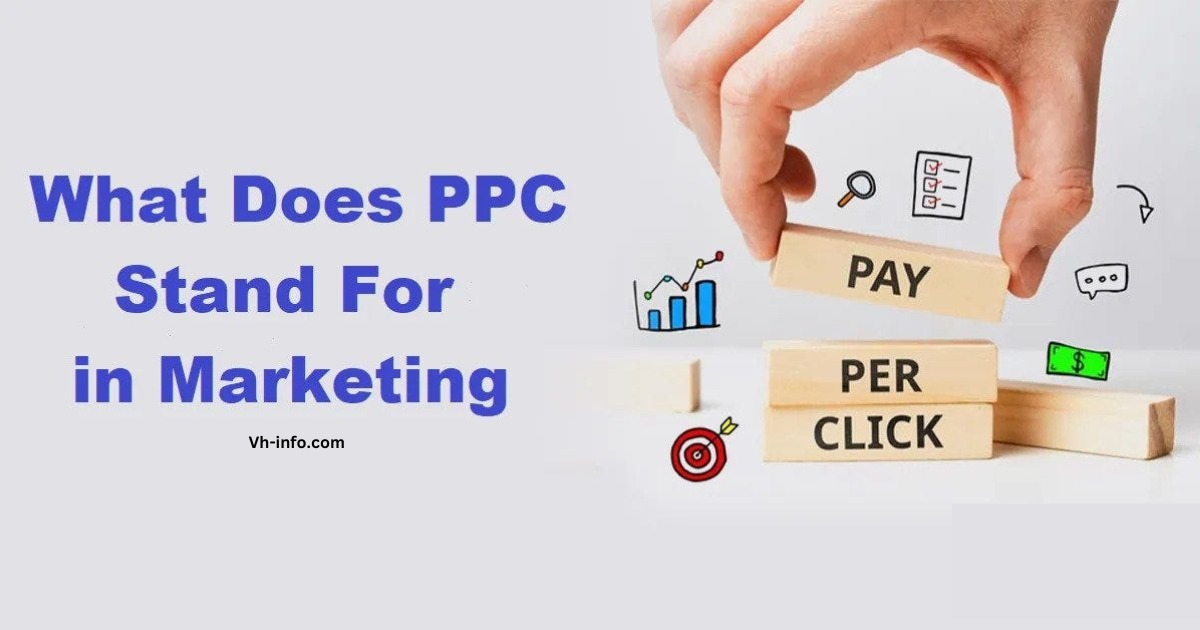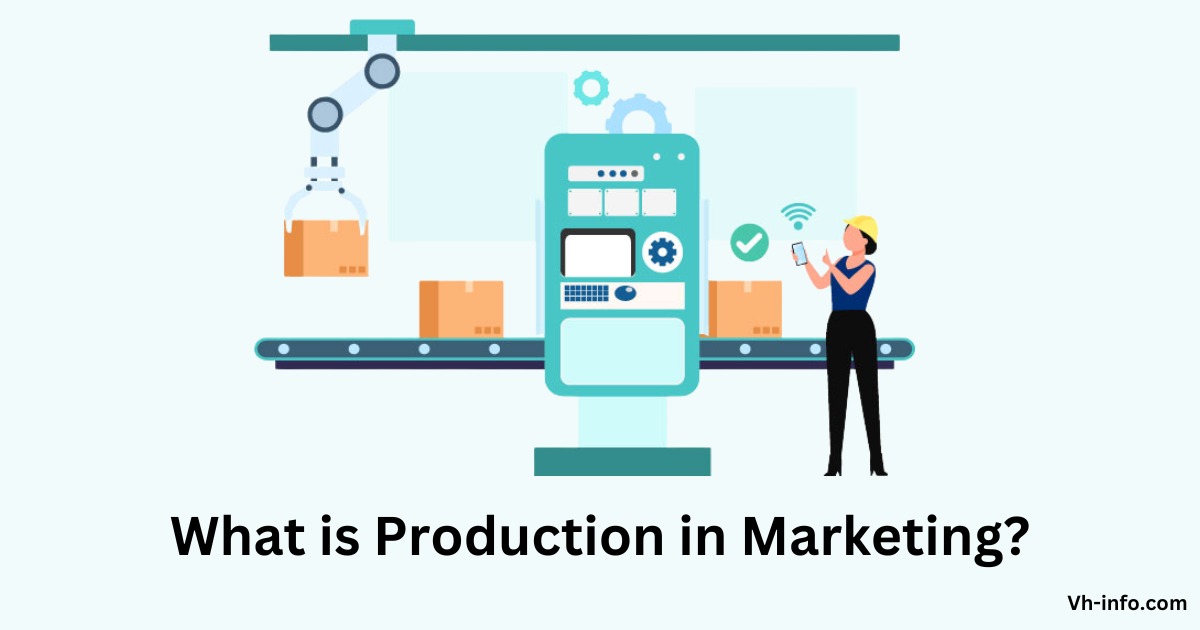
Topical Authority: What is it, Benefits & How it Works?
In the competitive world of SaaS digital marketing, building topical authority has become an important SEO strategy for driving organic

Topical Authority: What is it, Benefits & How it Works?
In the competitive world of SaaS digital marketing, building topical authority has become an important SEO strategy for driving organic

Best 10 E-commerce Platforms – Pro & Cons
The world of e-commerce is booming! In 2024, retail ecommerce sales globally reached $5.7 trillion according to Statista research and

Topical Map SEO: Meaning, Importance, Types & How To Create?
In the ever-evolving world of digital marketing, staying ahead of the competition is important for SaaS companies. One powerful strategy

How to Sell Backlinks Ethically in 2024: Best Practices & Platforms
Selling backlinks can be a lucrative way to monetize your website and help other sites boost their search engine rankings.

Trade Show Marketing: What it is, Benefits, Tips & Examples
Trade show marketing is a powerful way for businesses to show off their products and services, connect with potential clients,

What Does PPC Stand For? The Beginner’s Guide to Pay-Per-Click Ads
In the ever-evolving landscape of digital marketing, pay-per-click (PPC) advertising has emerged as a powerful tool for businesses to reach

What is Primary Data in Marketing? Importance, Types & Examples
In the world of marketing, data is king. Businesses rely on accurate and relevant information to make informed decisions, develop

Best Free Graphic Design Software 2026
The world of graphic design is booming, if we can compare of jobs, freelance work, using software, etc. How the

What Is a Need in Marketing: Types, Importance & Examples
In the dynamic world of marketing, understanding consumer needs is the foundation upon which successful strategies are built. At the

What is Production in Marketing? Importance, Strategies & Examples
At VH Info, we understand that this is a critical question for SaaS companies looking to build links and drive
WHAT WE
3rd floor, VHinfo, QRXG+CG9 Capital Market, Canal Rd, chokdi, Ravapar, Morbi, Gujarat 363641
VH-info © 2025 | All Rights Reserved